2. Odom EC, Li R, Scanlon KS, Perrine CG, Grummer-Strawn L. Reasons for earlier than desired cessation of breastfeeding. Pediatrics. 2013; 131:e726–e732. PMID:
23420922.
3. Perrine CG, Galuska DA, Dohack JL, Shealy KR, Murphy PE; MLIS, Grummer-Strawn LM, Scanlon KS. Vital signs: improvements in maternity care policies and practices that support breastfeeding - United States, 2007–2013. MMWR Morb Mortal Wkly Rep. 2015; 64:1112–1117. PMID:
26447527.
4. Kakute PN, Ngum J, Mitchell P, Kroll KA, Forgwei GW, Ngwang LK, Meyer DJ. Cultural barriers to exclusive breastfeeding by mothers in a rural area of Cameroon, Africa. J Midwifery Womens Health. 2005; 50:324–328. PMID:
15973270.
5. Savino F, Palumeri E, Castagno E, Cresi F, Dalmasso P, Cavallo F, Oggero R. Reduction of crying episodes owing to infantile colic: a randomized controlled study on the efficacy of a new infant formula. Eur J Clin Nutr. 2006; 60:1304–1310. PMID:
16736065.
6. Vandenplas Y, Devreker T, Hauser B. A double-blinded, prospective trial with a new formula in distressed and regurgitating infants. Open Nutr J. 2008; 2:48–50.
7. Xinias I, Analitis A, Mavroudi A, Roilides I, Lykogeorgou M, Delivoria V, Milingos V, Mylonopoulou M, Vandenplas Y. Innovative dietary intervention answers to baby colic. Pediatr Gastroenterol Hepatol Nutr. 2017; 20:100–106. PMID:
28730134.
8. von Berg A, Koletzko S, Grübl A, Filipiak-Pittroff B, Wichmann HE, Bauer CP, Reinhardt D, Berdel D. German Infant Nutritional Intervention Study Group. The effect of hydrolyzed cow's milk formula for allergy prevention in the first year of life: the German Infant Nutritional Intervention Study, a randomized double-blind trial. J Allergy Clin Immunol. 2003; 111:533–540. PMID:
12642834.
9. Skripak JM, Matsui EC, Mudd K, Wood RA. The natural history of IgE-mediated cow's milk allergy. J Allergy Clin Immunol. 2007; 120:1172–1177. PMID:
17935766.
10. American Academy of Pediatrics. Committee on Nutrition. Hypoallergenic infant formulas. Pediatrics. 2000; 106:346–349. PMID:
10920165.
11. Giampietro PG, Kjellman NI, Oldaeus G, Wouters-Wesseling W, Businco L. Hypoallergenicity of an extensively hydrolyzed whey formula. Pediatr Allergy Immunol. 2001; 12:83–86. PMID:
11338291.
12. Ragno V, Giampietro PG, Bruno G, Businco L. Allergenicity of milk protein hydrolysate formulae in children with cow's milk allergy. Eur J Pediatr. 1993; 152:760–762. PMID:
8223811.
13. Rugo E, Wahl R, Wahn U. How allergenic are hypoallergenic infant formulae? Clin Exp Allergy. 1992; 22:635–639. PMID:
1393761.
14. Adler-Nissen J. Enzymic hydrolysis of food proteins. London: Elsevier Applied Science Publishers;1986.
15. Siemensma AD, Weijer WJ, Bak HJ. The importance of peptide lengths in hypoallergenic infant formulae. Trends Food Sci Technol. 1993; 4:16–21.
16. Cabana MD. The role of hydrolyzed formula in allergy prevention. Ann Nutr Metab. 2017; 70(Suppl 2):38–45.
17. Greer FR, Sicherer SH, Burks AW. American Academy of Pediatrics Committee on Nutrition. American Academy of Pediatrics Section on Allergy and Immunology. Effects of early nutritional interventions on the development of atopic disease in infants and children: the role of maternal dietary restriction, breastfeeding, timing of introduction of complementary foods, and hydrolyzed formulas. Pediatrics. 2008; 121:183–191. PMID:
18166574.
18. Alexander DD, Cabana MD. Partially hydrolyzed 100% whey protein infant formula and reduced risk of atopic dermatitis: a meta-analysis. J Pediatr Gastroenterol Nutr. 2010; 50:422–430. PMID:
20216095.
19. Boyle RJ, Ierodiakonou D, Khan T, Chivinge J, Robinson Z, Geoghegan N, Jarrold K, Afxentiou T, Reeves T, Cunha S, et al. Hydrolysed formula and risk of allergic or autoimmune disease: systematic review and meta-analysis. BMJ. 2016; 352:i974. PMID:
26956579.
20. Vandenplas Y, Latiff AHA, Fleischer DM, Gutiérrez-Castrellón P, Miqdady MS, Smith PK, von Berg A, Greenhawt MJ. Partially hydrolyzed formula in non-exclusively breastfed infants: a systematic review and expert consensus. Nutrition. 2019; 57:268–274. PMID:
30223233.
21. Lucassen PL, Assendelft WJ, Gubbels JW, van Eijk JT, Douwes AC. Infantile colic: crying time reduction with a whey hydrolysate: a double-blind, randomized, placebo-controlled trial. Pediatrics. 2000; 106:1349–1354. PMID:
11099588.
22. Vandenplas Y, Hauser B, Van den Borre C, Clybouw C, Mahler T, Hachimi-Idrissi S, Deraeve L, Malfroot A, Dab I. The long-term effect of a partial whey hydrolysate formula on the prophylaxis of atopic disease. Eur J Pediatr. 1995; 154:488–494. PMID:
7671948.
23. World Health Organization. WHO child growth standards: length/height-for-age, weight-for-age, weight-for-length, weight-for-height and body mass index-for-age: methods and development [Internet]. Geneva: World Health Organization;2006. cited 2020 August 17. Available from:
https://www.who.int/childgrowth/standards/en/.
24. Du Toit G, Roberts G, Sayre PH, Bahnson HT, Radulovic S, Santos AF, Brough HA, Phippard D, Basting M, Feeney M, et al. Randomized trial of peanut consumption in infants at risk for peanut allergy. N Engl J Med. 2015; 372:803–813. PMID:
25705822.
25. Perkin MR, Logan K, Tseng A, Raji B, Ayis S, Peacock J, Brough H, Marrs T, Radulovic S, Craven J, et al. Randomized trial of introduction of allergenic foods in breast-fed infants. N Engl J Med. 2016; 374:1733–1743. PMID:
26943128.
26. Katz Y, Rajuan N, Goldberg MR, Eisenberg E, Heyman E, Cohen A, Leshno M. Early exposure to cow's milk protein is protective against IgE-mediated cow's milk protein allergy. J Allergy Clin Immunol. 2010; 126:77–82.e1. PMID:
20541249.
27. Schoemaker AA, Sprikkelman AB, Grimshaw KE, Roberts G, Grabenhenrich L, Rosenfeld L, Siegert S, Dubakiene R, Rudzeviciene O, Reche M, et al. Incidence and natural history of challenge-proven cow's milk allergy in European children--EuroPrevall birth cohort. Allergy. 2015; 70:963–972. PMID:
25864712.
28. Peters RL, Koplin JJ, Dharmage SC, Tang MLK, McWilliam VL, Gurrin LC, Neeland MR, Lowe AJ, Ponsonby AL, Allen KJ. Early exposure to cow's milk protein is associated with a reduced risk of cow's milk allergic outcomes. J Allergy Clin Immunol Pract. 2019; 7:462–470.e1. PMID:
30267891.
29. Szajewska H, Horvath A. Meta-analysis of the evidence for a partially hydrolyzed 100% whey formula for the prevention of allergic diseases. Curr Med Res Opin. 2010; 26:423–437. PMID:
20001576.
30. Vandenplas Y, Alarcon P, Fleischer D, Hernell O, Kolacek S, Laignelet H, Lönnerdal B, Raman R, Rigo J, Salvatore S, et al. Should partial hydrolysates be used as starter infant formula? A working group consensus. J Pediatr Gastroenterol Nutr. 2016; 62:22–35. PMID:
26513620.
31. Fleischer DM, Spergel JM, Assa'ad AH, Pongracic JA. Primary prevention of allergic disease through nutritional interventions. J Allergy Clin Immunol Pract. 2013; 1:29–36. PMID:
24229819.
32. von Berg A, Filipiak-Pittroff B, Krämer U, Hoffmann B, Link E, Beckmann C, Hoffmann U, Reinhardt D, Grübl A, Heinrich J, et al. Allergies in high-risk schoolchildren after early intervention with cow's milk protein hydrolysates: 10-year results from the German Infant Nutritional Intervention (GINI) study. J Allergy Clin Immunol. 2013; 131:1565–1573. PMID:
23506844.
33. Osborn DA, Sinn JK, Jones LJ. Infant formulas containing hydrolysed protein for prevention of allergic disease. Cochrane Database Syst Rev. 2018; 10:CD003664. PMID:
30338526.
34. Turner PJ, Feeney M, Meyer R, Perkin MR, Fox AT. Implementing primary prevention of food allergy in infants: new BSACI guidance published. Clin Exp Allergy. 2018; 48:912–915. PMID:
30133860.
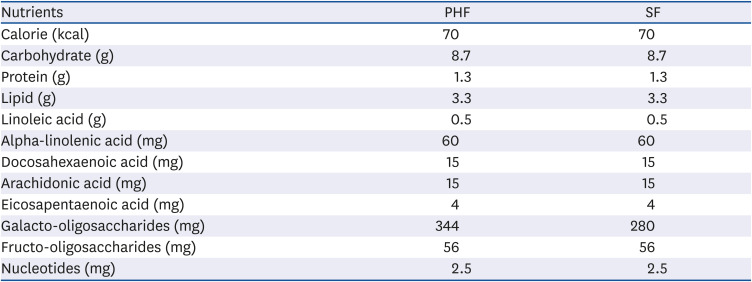
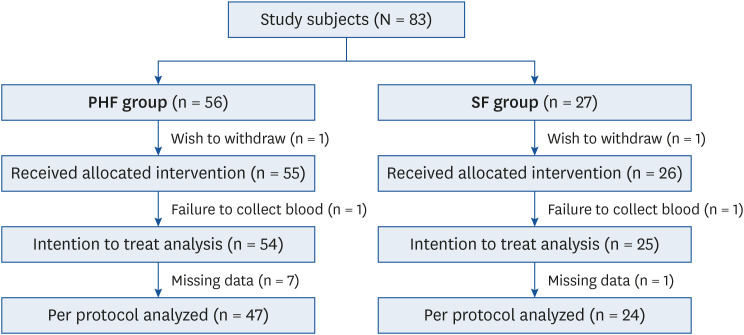

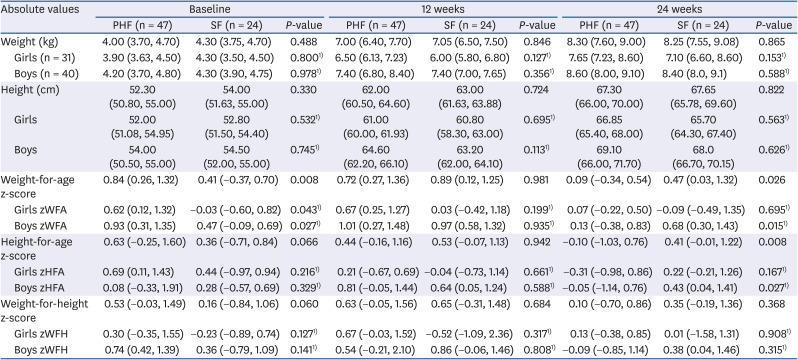
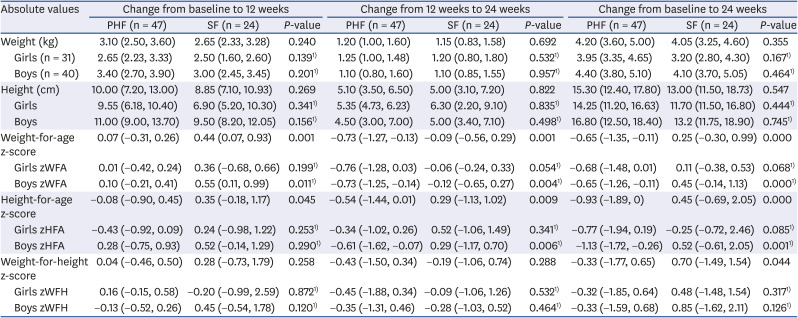
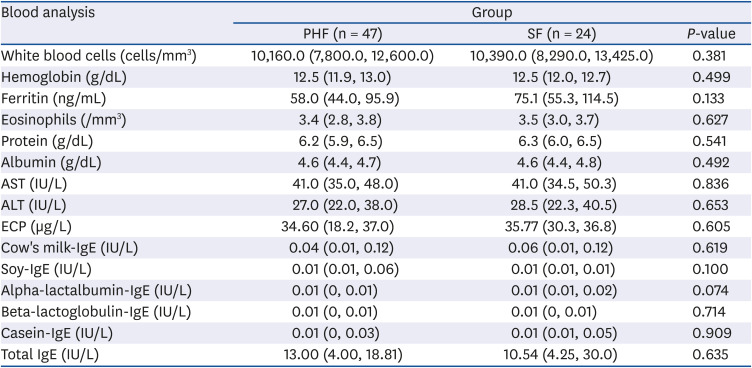




 PDF
PDF Citation
Citation Print
Print



 XML Download
XML Download